Toni’s Is Strictly Old Bay View
Full name Toni's Moody Blues, style working class, history harking back to 1886.
The City of Milwaukee is known for its diverse neighborhoods. None has more variety within its own boundaries than Bay View, the south-side lakefront neighborhood that was an independent village from 1879 until 1887 when it was annexed to the City of Milwaukee.
By that time, this tavern at 2813 S. Howell Ave. was already in business, having opened in 1886. Today, Toni’s Moody Blues stands out to a passerby, easily identifiable by its fine Lannon Stone exterior, its projecting neon sign, and the fact that it is the only commercial business on this stolidly residential block, located right across the street from Humboldt Park.
In 1894 there were four saloons on this block eager to gain the business of the brickmakers. Today, only this one remains. Toni’s Moody Blues is a survivor of an earlier, pre-hip Bay View, where folks worked in factories, plants, or public works buildings — not in places with reclining chairs, coffee bars and ping-pong tables. The only dogs you’d see lounging in the workplace back then would be the Dalmatians at the fire house. Be prepared to enter another world, where a bit of Old Milwaukee tavern culture still remains a vital presence. So, leave your tattoos and piercings at home, and drop in for a couple of quick ones with the neighbors.
The Tavern Today
Before you go in the door, you’ve got to take a look at the facade of the saloon, which deserves an award for its effrontery. It is a genuine Lannon Stone facade pasted on to the front of a very modest, 2,417-square-foot, two-story frame building. Only this detail, and the fact that the structure is built right up to the sidewalk, distinguishes this building from its neighboring houses. If it wasn’t for the bar downstairs, this would be just another house, and, in fact, the non-tavern portion of the building (including the kitchen, just beyond the bar area on the first floor) serves as the residence of the owner and operator, Toni Manikowski, who has had this place since 1999. You enter from a door set into the north end of the facade, flanked by three generously sized arched windows, which afford a nice view of the park across the street once you get inside. As soon as you step in, you are greeted by a pool table in fine shape. The walls are paneled, and the bar is a Formica beauty, with a curtained window overlooking the home to the south, just a couple of feet away. The 1,000-square-foot space has the intimacy of a residence, and looks a bit like a kitchen of a relative who likes to keep a lot of booze bottles on the counter. Make yourself at home.
The bar is 34 feet long, and 7-1/2 feet from wall to barstool. It is located in the middle of the south wall, with an inverted “U” shape, allowing for a couple of seats at either end. The art on the walls is courtesy of MillerCoors and Anheuser Busch, the purveyors of the limited tap beer selection here. No import or craft beers are on tap here, a sign that we are not in the hipper section of Bay View. There is a drop ceiling overhead, and a general sense of neighborliness, since everybody in the place has lived in the area forever, and some have been customers for just about as long. The retired firefighters have been coming here for a good 15 years, keeping up to date and enjoying their quiet socialization. They can tell you who made the model biplane that flies above the pool table. It is constructed entirely of Pabst Blue Ribbon Beer cans. Go ahead and order a Pabst, and go with the theme. There is a mirror behind the bar, but it doesn’t particularly interfere with the view, since it is largely hidden behind the Great Wall of Snacks, a large variety of bagged goodies that represent 5 percent of the tavern’s sales. Before you order, take a look on the bar, because somebody brought in deviled eggs; there are a couple of slices of lunch meat and other treats, as well as a basket of candy the Easter Bunny left behind. If you look closely at the sign above the cash register, you will find that Lakefront IPA and Riverwest Stein Beer are available in bottles. This is the only concession to hip in the whole place, and is greatly welcomed.
There is a good chance that Toni herself is behind the bar, and she will be happy to give you tales about the place and the neighborhood. One of the customers lives just a block away, and she says the basement of the home she bought came equipped with a Prohibition-era wine-making operation, authentic as can be, right down to the empty barrels. Maybe some of that wine made it all the way around the corner to this place, to be consumed in the Soft Drink Parlor’s “Wine Room,” an area that was once separated from the bar by a wall, now removed.
A Long History
Any saloon with nearly a century-and-a-quarter’s worth of history must have seen a number of changes over the years, including such details as electricity, plumbing, and a refrigeration system, and this place is no exception. We first check in nearly a century ago, in 1925, when Gottleib Heider operated a Soft Drink Parlor here. By 1931, the place was operated by his widow, Pauline, who spent $300 to “construct new enclosed porch at rear of building.”
In June, 1934, with alcohol once again legal, Pauline went down to City Hall to take out a permit to occupy the premises as a tavern. On the application form, she admitted that the place had always served as a tavern. In August she took out a permit to “set partitions and arrange for ladies toilet room, also provide 7′ doorless opening between barroom and wine room.” That cost her $150. In September, she spent $300 on a “Walk-in cooler, Draft Arm Box, and Bottle Storage Box.” They’re all still down in the basement.
About that Facade
The biggest change to the place from an aesthetic standpoint came in the June, 1941, when Pauline hired some masonry contractors to alter the front of the tavern with the Lannon Stone facade that so distinguishes it today. This was a rather significant undertaking, since it involved removing the stone foundation at that point, and replacing it with a concrete block foundation that could bear the weight of the new wall. The current bathrooms date to this time. Also, apparently at the same time, a small void in the stone foundation on the south wall, beneath the bar, was likewise patched with block. It is unknown why somebody punched a door-sized subterranean opening in the first place, or where it led. However, this may represent an actual specimen of a legendary tavern adjunct — a tunnel used to sneak booze into the place. It would have led to the home next door, so an inspection of that basement might be in order.
A Number of Owners
By 1945, with thirsty soldiers returning home from war, Godfrey Puder ran the tavern while his wife Delores toiled as a stenographer at Vilter Corporation. In 1950, it was run by Dean E. Bulin and his wife Ann.
By 1952, Clemens Czajkowski took over the reins, and installed Blatz window neons. In 1954, it was known as the Caprice Tavern, and in 1956 F. Scussio, the operator, took Blatz to another level, and put up an outdoor sign for the local brewery’s product. In 1957, it was owned by Casimir Flejter, who operated it until 1980. In 1972, Flejter removed the Blatz sign and replaced it with a Pabst sign, which has since been removed and is in the basement. In 1967 the place brought in $27,660 in business. It was offered for sale in 1977, asking $87,000, not including stock and fixtures. From 1980 until 1998 it was known as Sid’s Place.
In 1998 it was advertised for $115,000, with this pitch: “Start your own business in this Milwaukee tavern located near Humboldt Park! Close to public transportation & has a great atmosphere. There is a 3 BR living unit with kitchen, LR and bath. Seller will consider a land contract.” Since 1999 it has been Toni’s Moody Blues, presenting a slice of authentic Milwaukee that might be beyond your wildest dreams with drinks sold at prices that likewise bring to mind days long past.
Photo Gallery
The Verdict
- Trade Name: Toni’s Moody Blues
- Location: 2813 S. Howell Ave. Originally 431-Howell Ave.
- Neighborhood: Bay View
- Subdivision: Katherina Koenen’s Subdivision
Phone Number: 414-747-9077 - Website: None Found
- Facebook: Toni’s Moody Blues
- Twitter: None Found
- Description: Old-school, south-side, hyper-neighborhood bar
- Capacity: 49
- Year Established: A tavern since before Prohibition, and a licensed Soft Drink Parlor during, it has been under the current management since 1999
- Year Building Constructed: 1886, at which time the location was in the Village of Bay View, annexed to the City of Milwaukee in 1887
- Building Owner: Jeffrey Siejkowski, Toni Marinowski
- Estimated Annual Rent: Estimated at $13.29 per square foot, annual rent for the 1,000-square foot tavern is $13,290 according to Assessor’s calculations. Building is owned by tavern operator
- Property Assessment: The 4,025-square-foot lot is assessed at 9,100 [$2.26/s.f.] and the improvement is assessed at $227,900 for a total assessed valuation of $237,000. Previous assessment: N/A. Building is owned by operator
- Property Tax: $6,333.10, paid on the installment plan
- Legal Entity: Toni L. Manikowski [D.O.B. 05/24/1958] Agent, Sole Proprietor
- Business: Tavern. Alcohol Sales: 95%; Food Sales: 5% (Lots of snacks)
- Walk Score: 74 out of 100, “Most errands can be accomplished on foot.” City Average: 62 out of 100.
- Transit Score: 50 out of 100; “Good Transit.” Many nearby transportation options. City Average: 49 out of 100. Green Line runs right past the place, stops a block away
- Aldermanic District: 14 Tony Zielinski
- Police District: 2
- Bike Racks: One right out front
- 1894 Map, Vol 4, Sheet #379
- 1910 Map, Vol 6, Sheet #586
If you think stories like this are important, become a member of Urban Milwaukee and help support real independent journalism. Plus you get some cool added benefits, all detailed here.
Political Contributions Tracker
Displaying political contributions between people mentioned in this story. Learn more.
Bar Exam
-
Lakefront Brewery’s New Riverwalk Patio
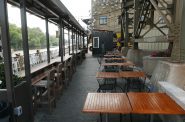 Jul 26th, 2023 by Michael Horne
Jul 26th, 2023 by Michael Horne
-
How Falcon Bowl Was Saved
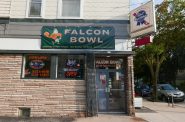 Jul 12th, 2023 by Michael Horne
Jul 12th, 2023 by Michael Horne
-
Clementines Evokes the New Bay View
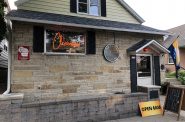 Sep 19th, 2022 by Michael Horne
Sep 19th, 2022 by Michael Horne


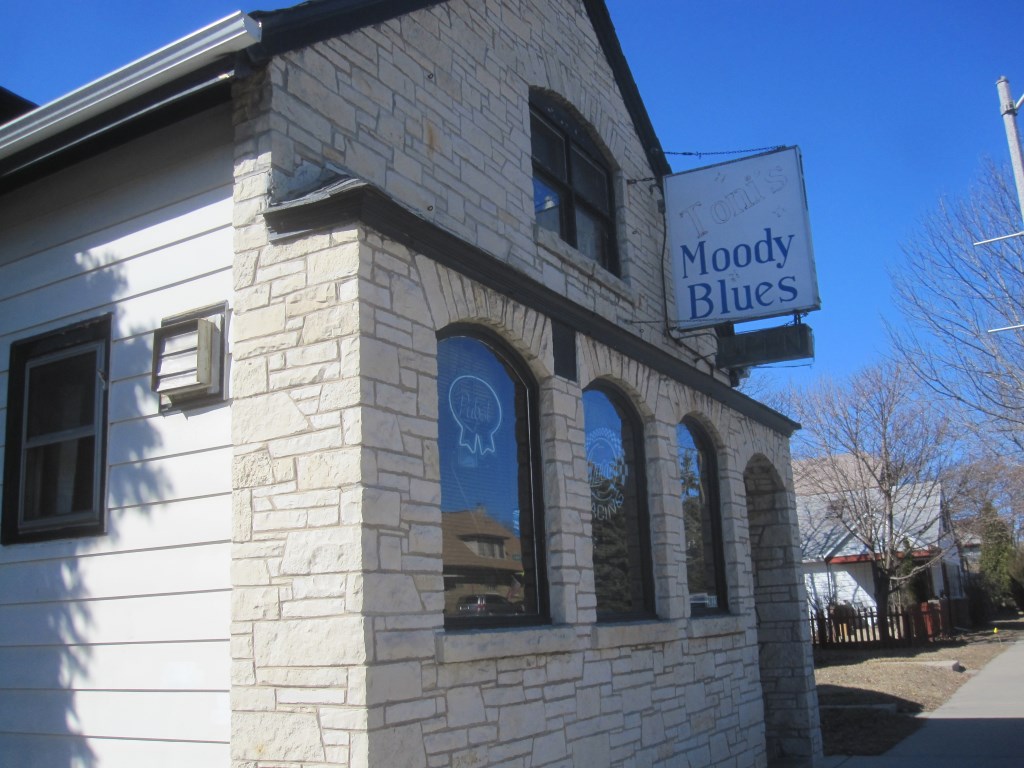
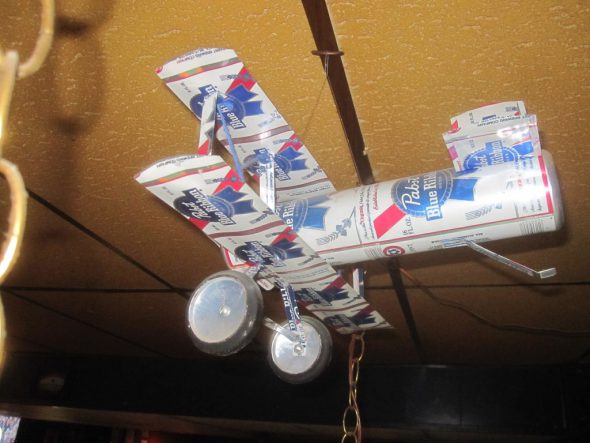
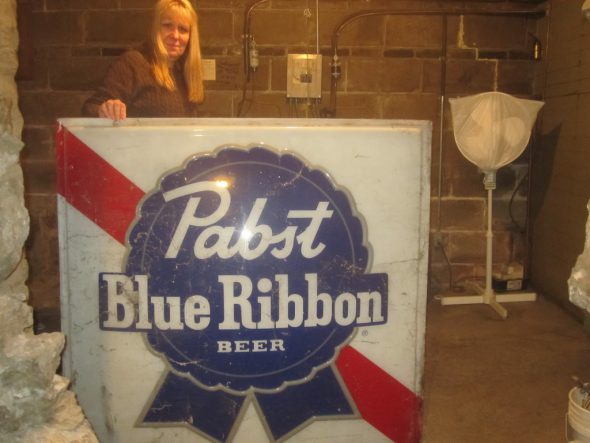
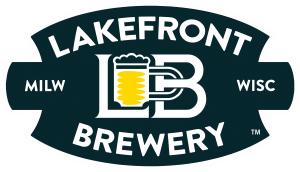
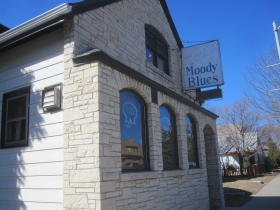
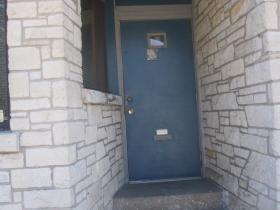
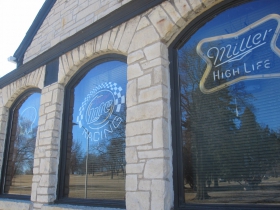
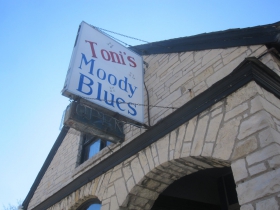
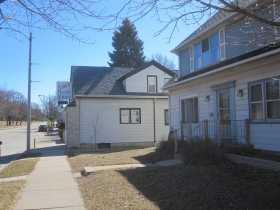
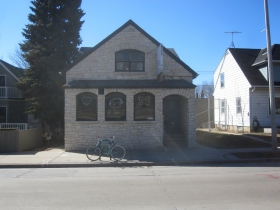




















How nice that she allowed you a peak at the basement. Toni seems like such a nice owner. There was blues festival fundraiser years back and she was a sponsor.
Some background information about the Moody Blues name, please.
Named after the band.
I live two blocks away…will have to make a visit!!
I’ve never been there before! Must try it! Thanks, Michael Horne!